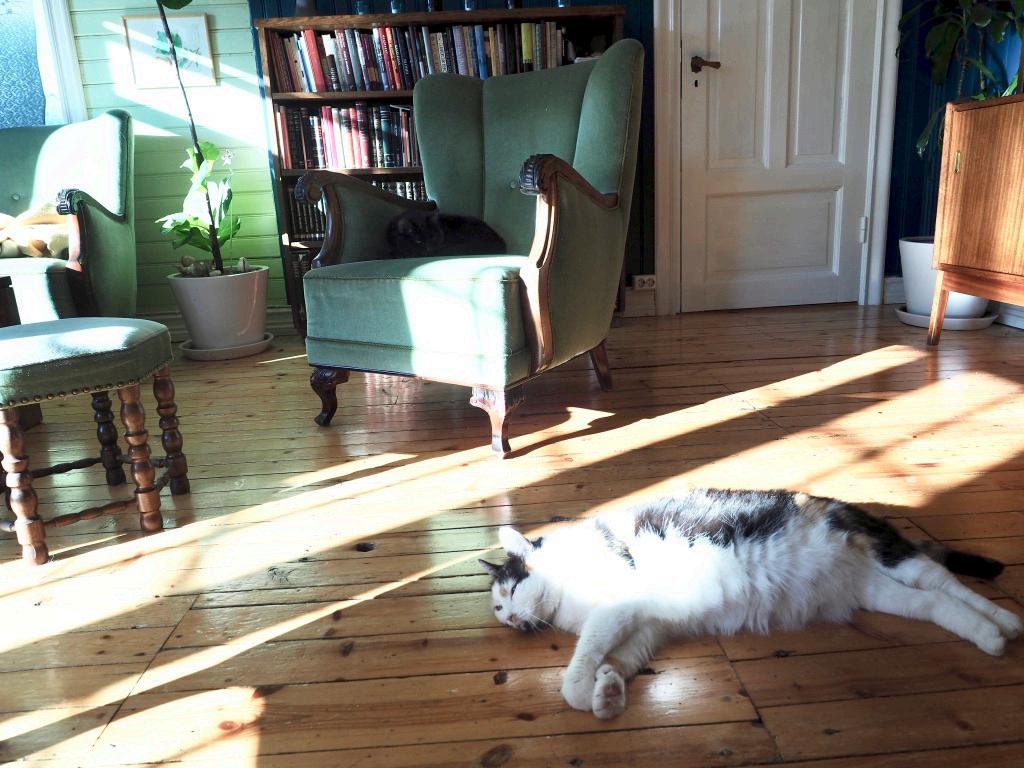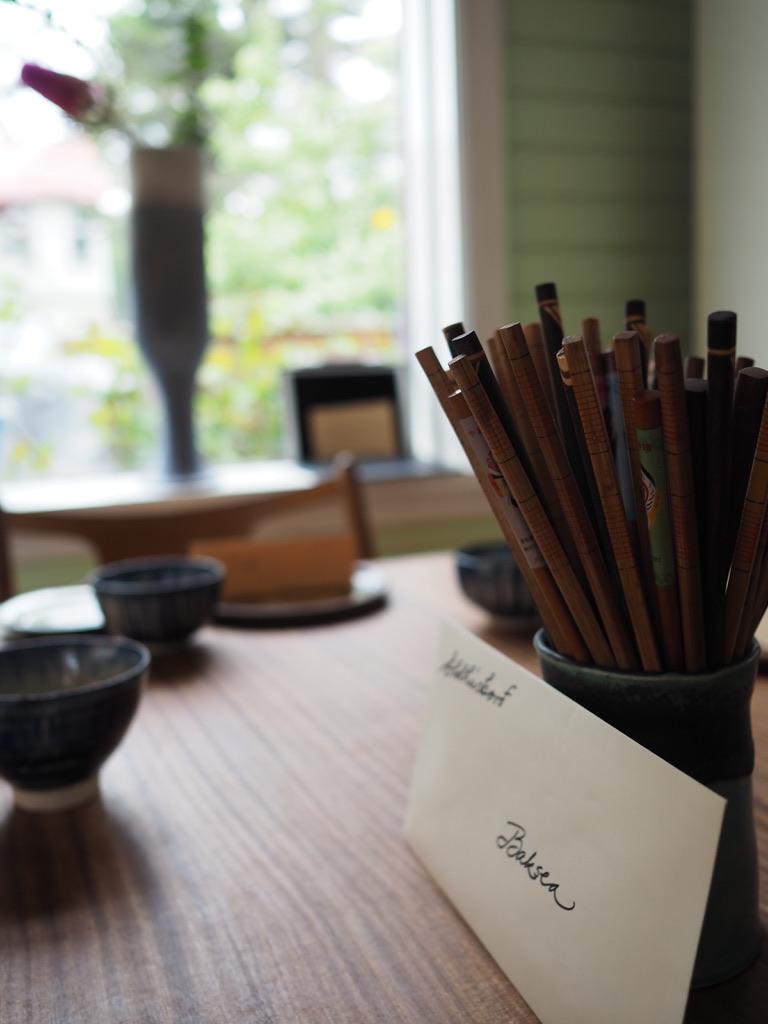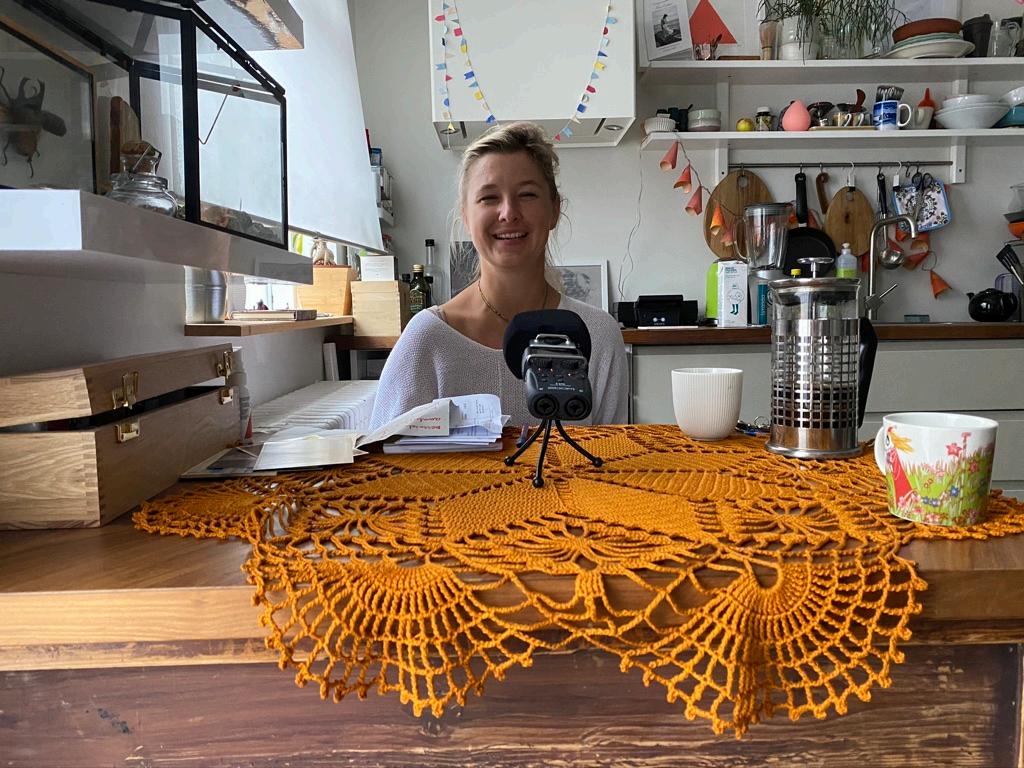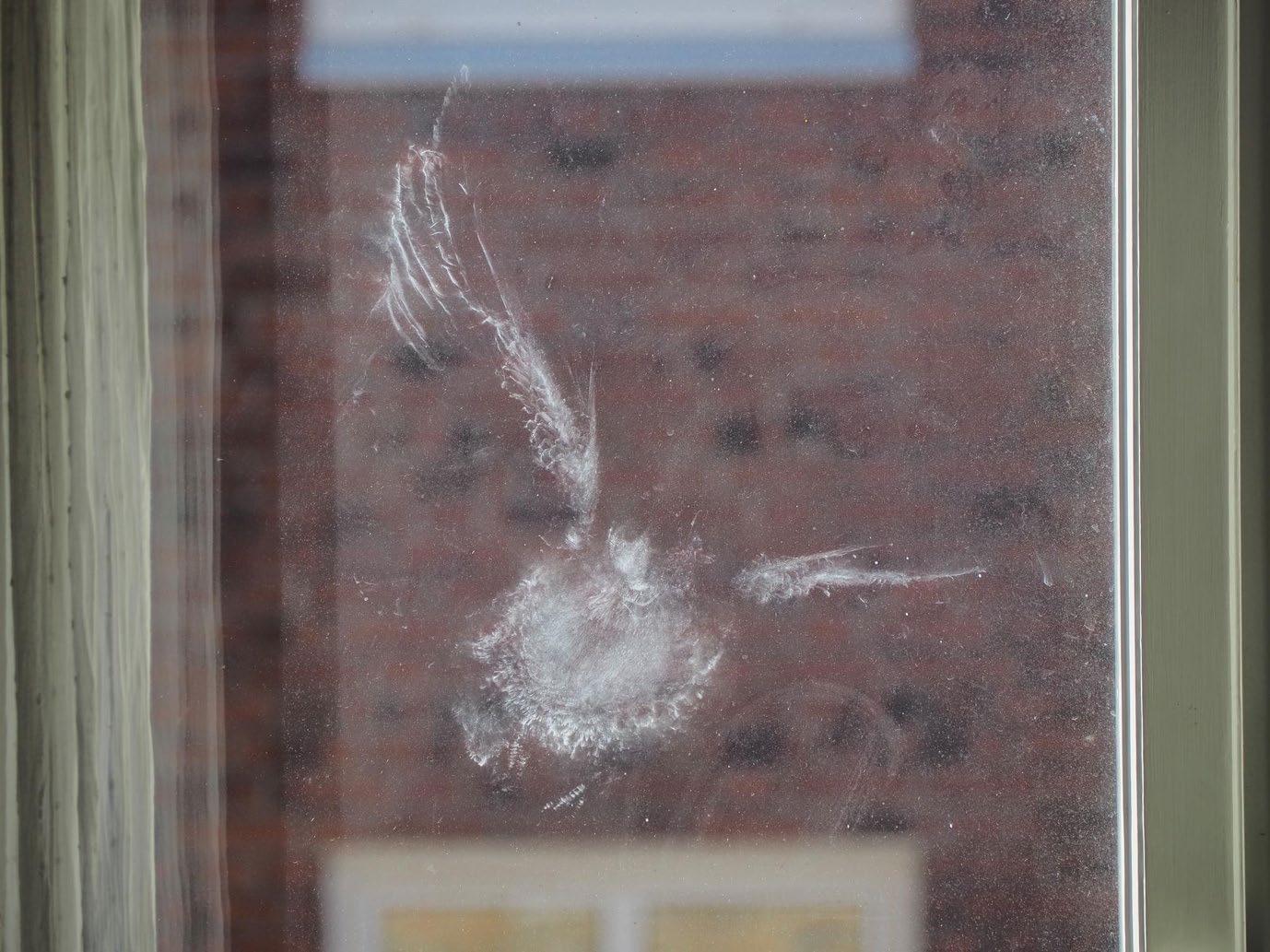
8 minute read
ETHICSLETTER FOUR
LETTER FOUR
ETHICS
Advertisement
Dear colleague, ethics are imbedded in every single aspect of my work as an artist and as a researcher. In this letter I will start to address some of the ethical urgencies that inform and reform my artistic practice and research. I will share with you experiences and thoughts about co-creation and agency in the work No-Show.
At the core of the project is the encounter. The moment of encounter is where ethics are relevant. Encounters means a meeting that happens unexpectedly, were you are confronted with something you did not anticipate. It is in this unexpected situation that I situate my artistic research. In my performances I bring spectators to places were they are invited to witness real life conditions, situations, fragmented narratives of a host or hosts, private persons or communities. For the spectator the significant moment is not necessarily the actual encounter with the host but the encounter that is experienced through their host with themselves, their own ideas, choices and personal values. It is in the very moment when someone accidentally bumps into something or someone and is profoundly touched, that the ethical stakes are high. Trying to construct those moments through art makes the ethical stakes even higher. The ethical relation to my audience I will leave to a later date but in this letter, I will focus on my encounter with my co-creators and start to unfold the ethical implications of co-creation and care.
In my work No-Show, solitary immersive work in 5 private homes in Reykjavík, I experienced an ethical demanding situation trying to negotiate responsibility with a less privileged and less able collaborator. This is a case of a young woman in a wheelchair with CP disorder (Cerebral palsy). She lives in a social housing for people with disabilities which became the site of the performance. In No Show 5 people invited guests into their homes where they would share fragments of their stories, conditions and values for the guest to reflect upon. The format for the mediation was handwritten letters to the guest from the host, that would be absent during the visit. In my encounter with this collaborator, I found my self in ethically challenging situations. At the onset of our collaboration, I immediately sensed the divide in privilege and ability between us. She had much respect for me, and I gradually understood how easy it would be to cross her boundaries. The power dynamic was inherent in our positions, embedded in the social fabric and was not specific to the circumstances. She was eager to meet my demands and was very positive about all aspects of the work and said yes to all my suggestions without hesitation or reflection. I felt that I had to take extra care of pointing out possible negatives of participating in the project. We spoke about inviting strangers into her home and sharing her story with the public. She was adamant to participate and expressed an urgency to inform people about her situation. She suggested that the guest would navigate the performance in the wheelchair and put themselves in her place. The format of the work was already to invite the guest to re-enact everyday rituals and perform tasks in the home, observe and reflect on their own reactions to the fragmented narratives, life conditions and life principles of the host.
I felt a strong urge to take care of her and protect her beyond my role as a collaborator, being a mother of three I identified my urges as “mothering”. I had imagined that she could write by hand the personal letters but in fact she struggled just signing the letters that I had written on my computer and printed out. In the process I felt an urge to scrutinize how she was represented in the work. I worked hard creating a strong image of her in the letters by highlighting her abilities and positive attitude to life. I also took the responsibility for the state of her home by turning up an hour before each performance and do the dishes, clean surfaces, open windows and make sure everything looked tidy. This did not even enter my mind with the hosts I had previously worked with. Our collaboration was different because of our different abilities. This situation highlighted certain aspects of my role. It became clear to me that these factors had been at play with other hosts but were negotiated delicately in a nonverbal contract. Non-verbal negotiations were not an option in this situation. I needed to verbally articulate all my concerns, that I with the other collaborators considered obvious details, such as hygiene, risks and personal boundaries. I asked for permission to do the dishes, clean up and open closets. It felt important for my work to present a positive and dignified image of her. One way of creating that image was by moving things that might stand in the way and blur the vision of an onlooker, like dirty laundry and narratives that evoke feelings of pity. I felt that I had her life in my hands, using theologians Eva Skærbæk´s words.
By taking ontological interdependency as a point of departure the question is no longer whether to interfere or not. Interdependency means that every one of us holds some of the life of the other in our hand. Continuously confronted with each other’s lives it is not possible not to be involved, to use another word than care. (Skærbæk, 2011, p 44)
Not only was her live partly in my hands but my live was partly in her hands as well. We became each others’ agents, and the work was our way of interfering and involving our selves in the struggle of each other. In this negotiation the balance is precarious, and trust becomes of essence.
The artwork I seek to produce does not come with strict definition on who the creator is and what is part of the creation or the artwork. The participants are divided into four categories: the artists, the hosts, the guests, other artistic or local contributors. Trust is the fuel that runs the engine of this work. Without mutual trust between the different agents that encounter each other through the work it would be impossible or potentially dangerous. The encounters are precarious and bring out vulnerability from the participants and reveal power structures that exist in the processes of the work or in the social fabric of the site as the case above depicts. As the artist and initiator, I feel responsible for the wellbeing of people and other beings involved in the
artistic process. Taking care does not mean taking the responsibility from the parties involved but to share the responsibility with the co-creators and participants through a delicate action of negotiation. With responsibility comes agency and with agency comes power. I work with non-professionals, drawing on their lived experiences in their private surroundings and by proposing the co-creation to them means in effect to offering agency in the work. But what means co-creation in this context? The power dynamic is still precarious since I set the frame and have the professional tools, experience and overview. Co-creation does not necessarily create equity. There is an ongoing negotiation on what narrative to present but the perspectives in the actual creative process are different and the power is always tilting towards the one that has the clearest overview and the experience, namely the artist. These precarious situations are similar to what ethnographers experience in fieldwork. The question of agency and responsibility are of great importance in the work and need constant attention, especially in the final stages of the creative process. Ethnographer D.S.Madisons shares this insight in her book on critical ethnography, about the need to evoke response-ability in others:
I bear witness, and in bearing witness, I do not have the singular “response-ability” for what I witness but the responsibility of invoking a response-ability in others to what was seen, heard, learned, felt, and done in the field and through performance.
(Madison, 2019, p. 101)
I share the perspective of critical ethnographers in the sense that you become an advocate for you collaborators but at the same time you need to be critical towards what is being witnessed in the field. You need to listen and pay attention with care and tenderness, aware of that you have entered another person world and in a dialogue with the interlocutors, to borrow a term from ethnography (Madison, 2019), you subtract a narrative from the data. In the end it is your call. You do not share the responsibility for the final outcome with your collaborators, you have become their advocate and you are responsible for the narrative presented to the public. By situating my ethical practice in the context of critical ethnography I gain an insight to my practice, that needs further study. Apart from the obvious ethical challenges in connection to co-creation and agency, my biggest ethical concern is to scrutinise my motivation to invite people to a transformative encounter and justify my urgency to change the world. How ethical is it to invite an audience to a potentially life changing experience? This question is still to be answered but until then I might need to apply a trigger warning to my performances.
BE AWARE, THE AFFECT OF THIS WORK CAN BE LIFE CHANGING!
RITUAL IV
You are blooming, your colourful flowers spread out towards the light. You send signals to other beings with your vivid colours and intoxicating scent. Hoping that a special someone comes, that is ready to spread your message. The message for the future.
TASKS
ACTION
Water a flower.
OBSERVATION
Look at your hands. Both sides.
CONTEMPLATION
What do you care about?







